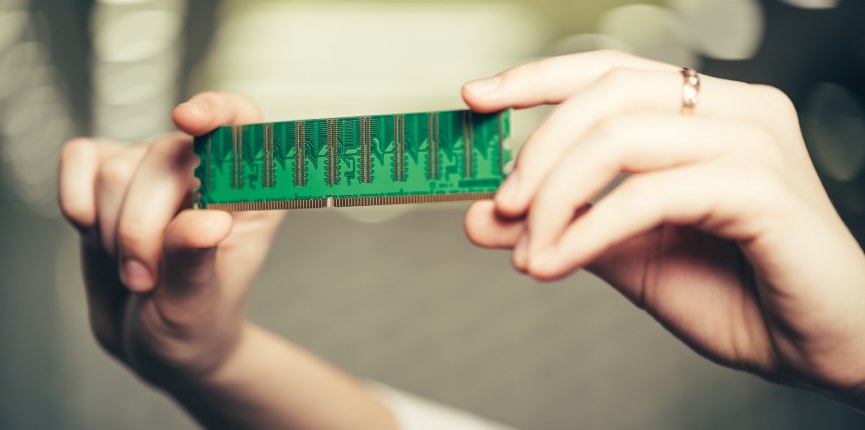

Optimizing the throughput of NVMe (Non-Volatile Memory Express) drives involves overcoming several challenges related to hardware, software, and system configuration. Here are some of the key challenges
PCIe Bus Bandwidth NVMe drives typically connect to the system via PCIe slots. If the PCIe bus is saturated with other devices, it can limit the available bandwidth for NVMe drives.
Controller and NAND Flash The controller and NAND flash used in the NVMe drive can affect performance. Higher-quality components often lead to better performance.
Outdated or Inefficient Drivers Using outdated or suboptimal drivers can limit performance. It's important to keep drivers up to date to take advantage of performance improvements.
Firmware Bugs or Limitations Firmware issues can limit the performance of NVMe drives. Manufacturers release firmware updates to address bugs and improve performance.
I/O Scheduler The I/O scheduler in the operating system can have a significant impact on NVMe drive performance. Some schedulers may be better optimized for SSDs than others.
TRIM and Garbage Collection Properly configuring TRIM support and understanding how garbage collection works can help maintain performance over time.
File System Overhead Some file systems have more overhead than others, which can impact performance. For example, exFAT may be faster for certain workloads compared to NTFS or HFS+.
Read/Write Ratio Different workloads (e.g., read-heavy, write-heavy, mixed) can have varying impacts on NVMe drive performance. Optimizing for the specific workload is important.
Random vs. Sequential Access The nature of the access patterns (random vs. sequential) in your workload can affect NVMe performance.
Underutilizing NAND Cells Overprovisioning involves leaving some NAND cells unused to improve longevity and performance. Not implementing overprovisioning can lead to reduced performance over time.
Heat Management NVMe drives generate heat during operation. If the drive gets too hot, it may throttle performance to prevent damage. Adequate cooling solutions are important.
BIOS Settings Some BIOS settings can impact NVMe performance. Enabling features like PCIe Gen3/Gen4, configuring NVMe RAID, or enabling AHCI can be important.
Optimizing Workload Distribution In systems with multiple NVMe drives, properly distributing workloads across drives can prevent one drive from becoming a bottleneck.
Lack of Baseline Performance Metrics Without a clear understanding of the baseline performance of the NVMe drive, it's difficult to identify and address performance issues.
Compression/Encryption Overheads If compression or encryption is applied at the hardware level, it can affect the effective throughput of the drive.
Compatibility Issues Sometimes there can be compatibility issues between specific firmware versions of drives and drivers in the operating system.
To achieve optimized throughput, it's essential to consider these factors and tailor configurations to the specific use case and workload requirements. Regular monitoring and benchmarking can also help identify performance bottlenecks and areas for improvement.
© Copyright 2023 Esconet Technologies Ltd.